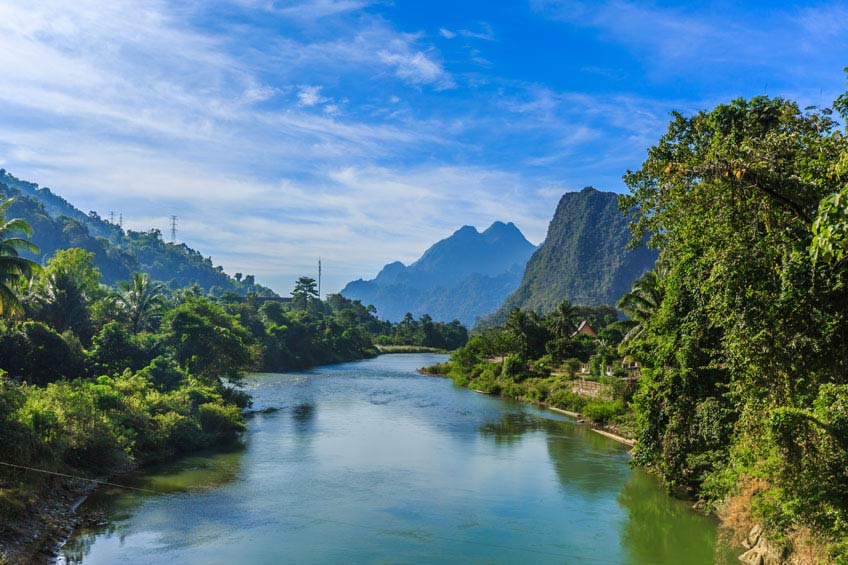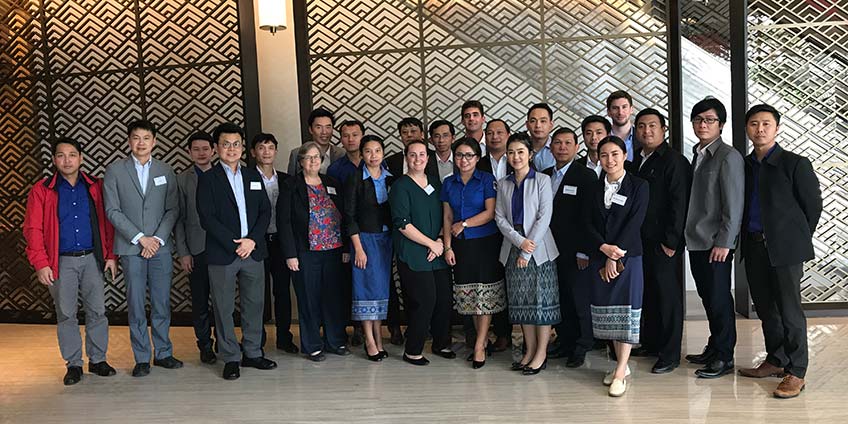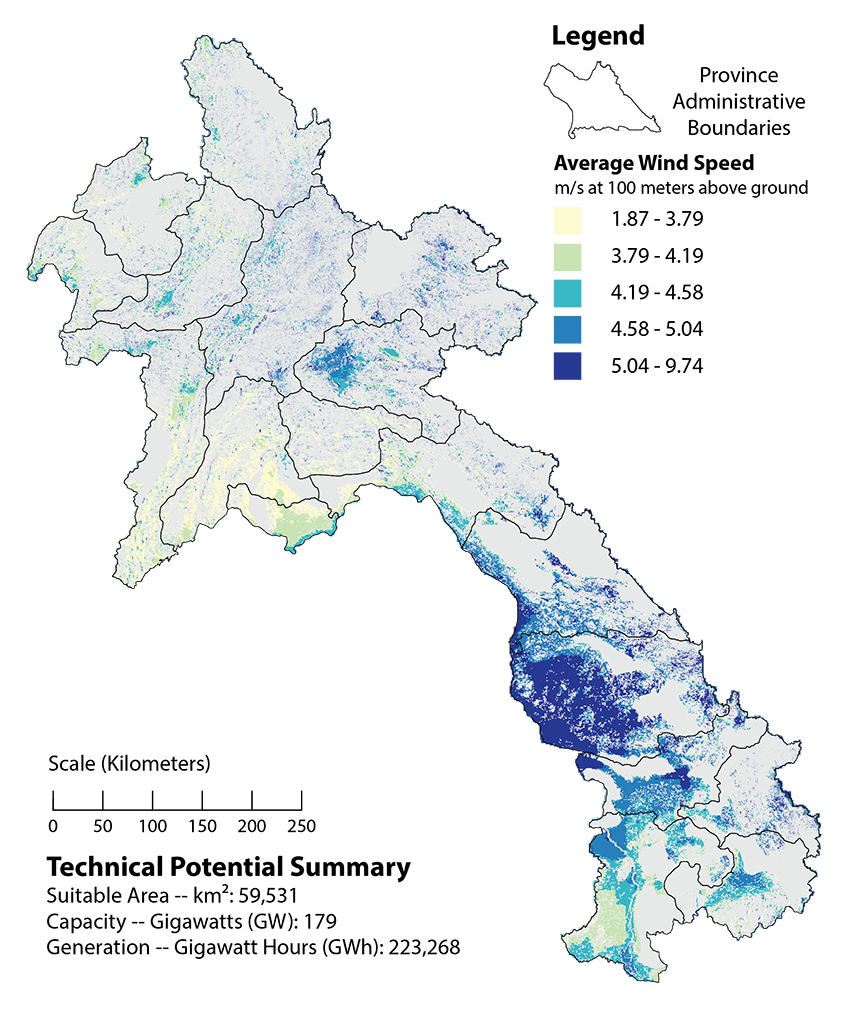Abundant Renewable Energy Resources Exist in Lao PDR

The National Renewable Energy Laboratory (NREL) recently collaborated with the United States Agency for International Development (USAID) and the Lao People's Democratic Republic's (Lao PDR's) Ministry of Energy and Mines to produce Energy Alternatives Study for the Lao People's Democratic Republic, an analysis that explores how domestic and imported renewable energy resources could be developed to complement Lao PDR's existing energy infrastructure.
Lao PDR has historically prioritized its hydro power resources to ensure a secure, reliable, and affordable supply of energy to support economic development. Diversifying its energy resources will provide for a more resilient power system.
The Energy Alternatives Study assesses the technical potential of renewable energy and other energy resources and analyzes the cost of electricity generation. The report highlights a broader set of planning priorities, beyond least-cost investment, that include economic, social, and environmental factors.

Technical Committee of the Energy Alternative Study for the Lao PDR. Photo by NREL
The capacity-building workshops, technical consultations, and publications resulting from this year-long study will support the Lao PDR's Ministry of Energy and Mines and other energy stakeholders in their energy sector planning.
For more information, see the full report or read the Assessment of Data Availability to Inform Energy Planning Analyses, which summarizes the availability and quality of data that serve as key inputs to energy planning activities and informs future investments in energy data collection and management.

Map — Wind Technical Potential with Exclusions for Protected Areas, Waterbodies, Wetland Areas, Forested Areas, and Areas with Slope > 20 %
Last Updated May 28, 2025
